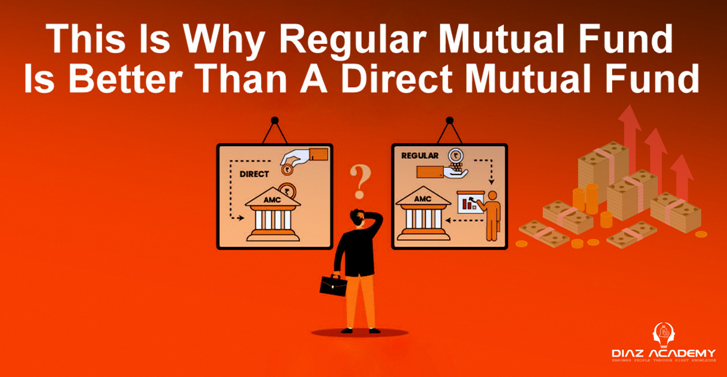Investment strategies assist investors in determining where and how to invest based on their expected return, risk tolerance, corpus amount, long-term, short-term holdings, retirement age, the industry of choice, and so on. Investors can strategize their investment plans based on their objectives and goals. Let’s go over the various types of mutual fund investment strategies one by one.
- Investing in an equity fund through a lump sum is not a good idea.
When markets are at uncomfortably high levels, large one-time investments in equity products should be avoided. Rather, invest through systematic investment plans (SIPs). The SIP is a well-established investment tool for generating long-term wealth. It ensures that your investments are consistent and gives you the benefit of accumulating units at various levels, thereby averaging out your investment costs.
- Asset Allocation Should Be Diversified
Asset allocation must be diversified and well-thought-out for investments to succeed. It is not advisable to put all of your money into equity products. Your investment portfolio should be well-balanced, with funds spread across asset classes, including debt. Concentrating your investments in a single asset class raises the risk: if a specific sector or fund, or the equity or debt market as a whole, experiences a downturn, your entire investment could be impacted, and your returns may not be as expected. Diversification spreads risk and reduces shocks caused by the over-concentration of funds in one asset category.
- Invest in Dynamic Asset Allocation Funds.
If you have a low-risk tolerance but want to invest in equity, consider investing in balanced funds with dynamic asset allocation. This type of fund dynamically balances asset allocation based on market conditions. At a time when stocks appear to be overvalued, such funds reduce their exposure to stocks while increasing their investments in debt products. When markets are oversold, these funds increase their equity investments while decreasing their debt exposure. Such an investment strategy allows investors to reap the benefits of both debt and equity, and it typically provides investors with consistent returns regardless of market conditions.
- Switch Between Debt and Equity Funds through STP
STP is a method of automating the transfer of funds from one scheme to another within the same fund house. It is similar to SIP, but the key difference is that in STP, installments are transferred from your existing scheme to the new fund you select. It essentially means investing the lump sum amount in a debt fund and setting the deduction date for transferring it into the equity fund.
When markets are at their peak, investors who want to invest a lump sum but avoid the risk of market timing should ideally choose an STP. They can invest the lump sum in a debt fund and then transfer the invested amount to the chosen equity fund in a consistent manner – weekly, monthly, or quarterly – over time. This allows an investor to earn reasonable returns on debt investments while avoiding the trap of market timing.
- Concentrate on Value Investing
Even when stock indices are at all-time highs, there are several stocks that are trading far below their true value. Value investing is an investment strategy that allows you to buy stocks that appear to be trading for less than their intrinsic value. Several funds have a portfolio of undervalued companies but fundamentally sound stocks. Investing in such funds allows investors to capitalize on growth opportunities at a period of market corrections and helps to generate long-term wealth.
Conclusion
It is critical to have an investment strategy. It will help you eliminate bad portfolios and increase your chances of success. Ask yourself a few basic questions, such as “How much money do I want to invest?” How much profit do I require? What level of risk am I willing to take? What is the length of my investment horizon? Why did I feel compelled to make an investment? Etc. The more specific your goals are, the better decision you will be able to make regarding your investment. Always be on the lookout for good opportunities and never invest all of your money at once. Building a portfolio is similar to building a house brick by brick, cash by cash.



